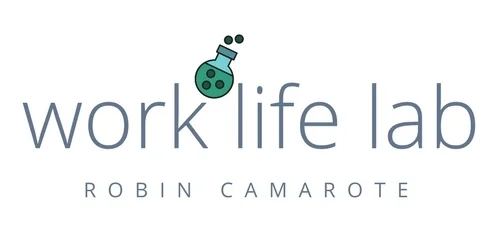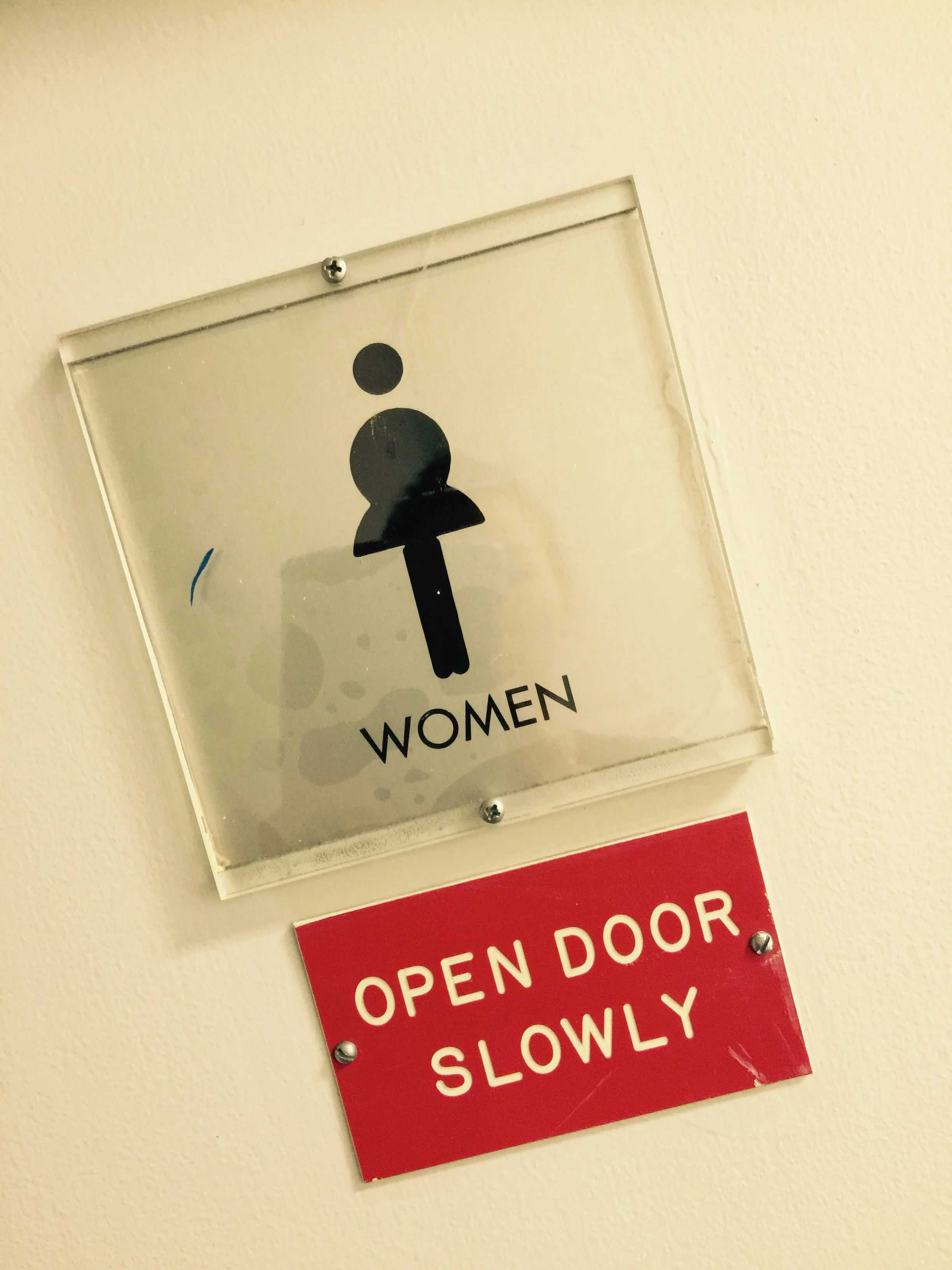Customs and Border Protection (CBP) hosted the Federal Real Property Association (FRPA) members today at their 90 K Street NE offices to show off their revamped and renewed workplace. Over the last several years, a team led by Trent Frazier has worked on tackling a big problem. CBP had a large and growing workforce delivering a critical mission that was facing a large and growing rent bill if something didn't change.
What they did: Removed assigned desks/offices, removed desktop computers and telephones, and removed the requirement and expectation to be physically in the office for set hours, 5 days/week. Added tablets with computing and phone capabilities, added shared work and collaboration space, and reinforced existing team-building and performance management practices.
What they accomplished: What they've accomplished is both logical and remarkable. Logical in that all of the steps CBP took just make sense. It is remarkable, however, that they've so fundamentally reimagined work and workplaces for a federal program with all of the tradition and history that is both rich and constraining.
CBP started where many agencies are today. They had a federal and contracted workforce very much accustomed to working in conventional space—with a literal and figurative tether to a desk in an office. CBP saw this as a problem and an opportunity. Their workforce and the way people work was changing. That force was happening with or without intentional action on the part of CBP.
Many employee’s responsibilities had evolved over the last decade to essentially require the movement of information from one place to another while interpreting, analyzing, and making recommendations in the process. CBP’s physical environment didn't match where they wanted or needed to go to support that more agile, mobile, responsive mission work.
So to start, they stopped viewing their workplace as a real estate challenge and, instead, viewed it as a people challenge. Makes sense, right? Right. Well that mindset became fundamental to all of the decisions that followed and was the first point Trent and his team needed to sell to senior leadership.
With the executive staff onboard (at least in concept), CBP launched a pilot because, of course, that’s the cool thing to do in DC right after complaining about traffic and the weather. And sometimes things are popular for good reason, they got some great lessons learned at out of the test. Here are a few:








